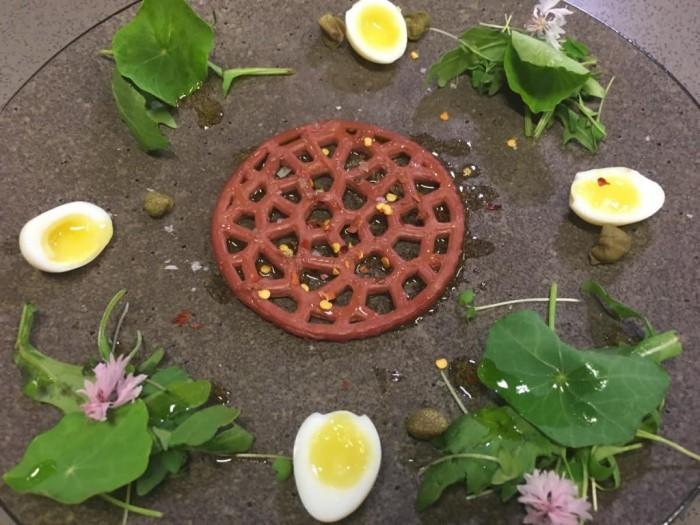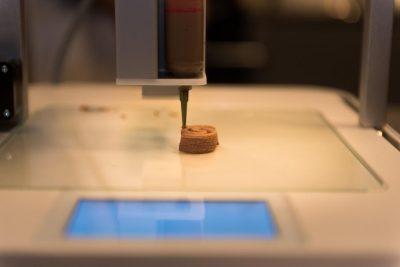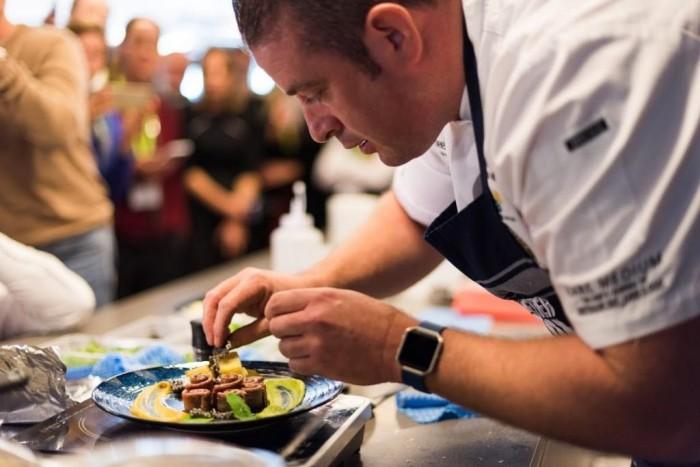According to the foreign media "3D printer" website reported on May 3, the Australian Meat and Livestock Association MLA is a non-profit red meat research organization, recently introduced a new 3D printed beef products for consumers to choose. The organization imported a Dutch made minced water liquid-quality printer for the manufacture of a variety of complex-shaped fleshy foods. Minced water refers to the by-products of meat products during secondary cutting or processing, such as meat sauce or chopped meat. It can be used as a raw material for 3D printing to make meat products, thereby reducing the intermediate stages of production and minimizing the loss of food during processing, transportation and packaging.



Last year, the MLA Association decided to start 3D printing of meat products. The news media are curious that 3D printing can produce delicious beef products? Does anyone prepare to eat it? Excitingly, the organization put forward a clear slogan that 3D printing should be presented to the public as part of cooking.
In the field of 3D printed meat products, MLA is not the only adventurer. Although it has unique ideas in the design of internal organs, it has no household reputation. Its successes are only the use of 3D printers to produce 5 types of minced water printed foods, in addition to 3D printing meat food technology is very familiar with.
MLA Head Chef Sam Burke has personally tasted print foods as he brought 3D printing technology to the production of appetizers and meat products. Researchers believe that the “minor†status of meat in past cooking can also be an ideal food, such as making burritos or pies that are peculiar in shape. Some people look at this invention in a novel light, but MLA is serious about using the 3D printer to make the next generation of meat.
To solve the problem of hunger, scientists have suggested that people eat the tissue meat in laboratory petri dishes. Nowadays, with the 3D printer, the use of minced water that was considered useless has also come in handy. MLA members pointed out that this technology is not intended to replace existing sausages and steaks, but in some cases, 3D foods are desirable. For example, it will bring more low-priced accessories to burgers, which will increase the profitability of the fast food industry.
The 3D printed steak style is cheaper than the real Australian steak but it has a similar appearance and tastes good. High-quality Australian steaks can be exported at a price of 50 Australian dollars per kilogram, but meat products are far below that price. If the abattoir prints its minced water into food through new technology and develops it together with the fast food industry, it will make a huge profit.
The researchers also added that 3D technology can not only print minced water but also print bio-synthetic non-meat organics, which is also good news for vegan and animal rights protectors. In addition, for children who do not like to eat vegetables, parents can also use 3D food printers to print pancakes rich in various vegetables to make them like children's styles so that they can easily enjoy balanced nutrition. MLA said that although 3D meat printers are now expensive, they may become common kitchen appliances like microwave ovens and go into millions of households.
Cummins 0-20KW Diesel Generator
Cummins 0-20Kw Diesel Generator,Cummins Portable Power Generator,Cummins Open Type Power Generator,Cummins Container Power Generator
Shanghai Kosta Electric Co., Ltd. , https://www.generatorkosta.com